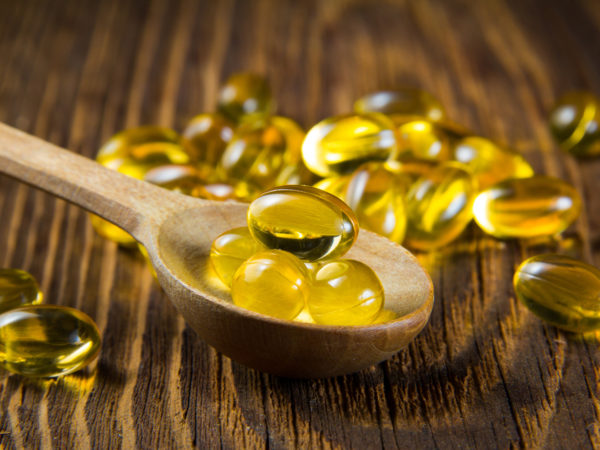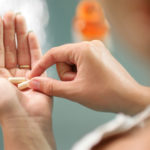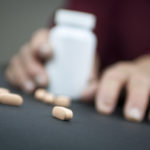Is Rickets Making A Comeback?
My neighbor’s grandson has been diagnosed with rickets. How does this happen? He was breastfed for almost the first year of his life. Doesn’t that protect babies’ health?
Andrew Weil, M.D. | October 24, 2008

Breast milk is the best food babies can get during the first year of life. Breast milk transfers antibodies from mother to child that protect against a long list of infectious diseases and, over time, breastfed babies are less likely to develop such chronic conditions as diabetes, high cholesterol, asthma, and allergies. However, in some cases breast milk doesn’t seem to give babies enough vitamin D, which is essential for absorption of calcium and for bone-building. If mothers are deficient in vitamin D – as many appear to be these days – their breast milk will be deficient, too, putting their babies at risk of rickets, a bone-softening disease.
The American Academy of Pediatrics (AAP) recognized this problem in 2003 and recommended that all breastfed babies be given daily vitamin drops providing 200 international units of vitamin D – an amount that may be increased soon. Unfortunately, not all pediatricians prescribe the drops.
Rickets can be treated – with vitamin D and calcium supplements and, if necessary braces to straighten bowlegs or other deformities due to the disease. Vitamin D deficiencies have also been seen recently in teenagers, including some who actually developed osteopenia (low bone mineral density) and even osteoporosis. We get vitamin D from such foods as fortified milk (many kids drink sodas instead) and cereals as well as from eggs, salmon, tuna, mackerel and sardines. Our bodies make vitamin D with exposure to sunlight, but today’s youngsters don’t spend as much time in the sun as earlier generations. In addition, sunscreen blocks vitamin D synthesis in the skin.
To get a good start on healthy bones for life, breastfed babies need daily vitamin D drops. In addition, I recommend that adults supplement with 2,000 IU of vitamin D daily, and it looks as if some teens and pre-teens should be getting the same amount. At the very least, they should be spending more time in the sun.
Andrew Weil, M.D.









